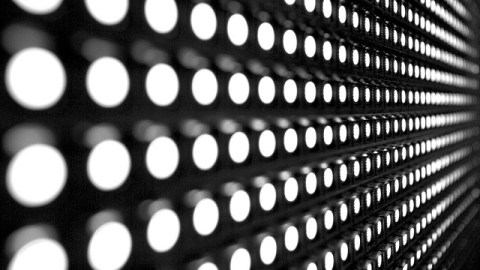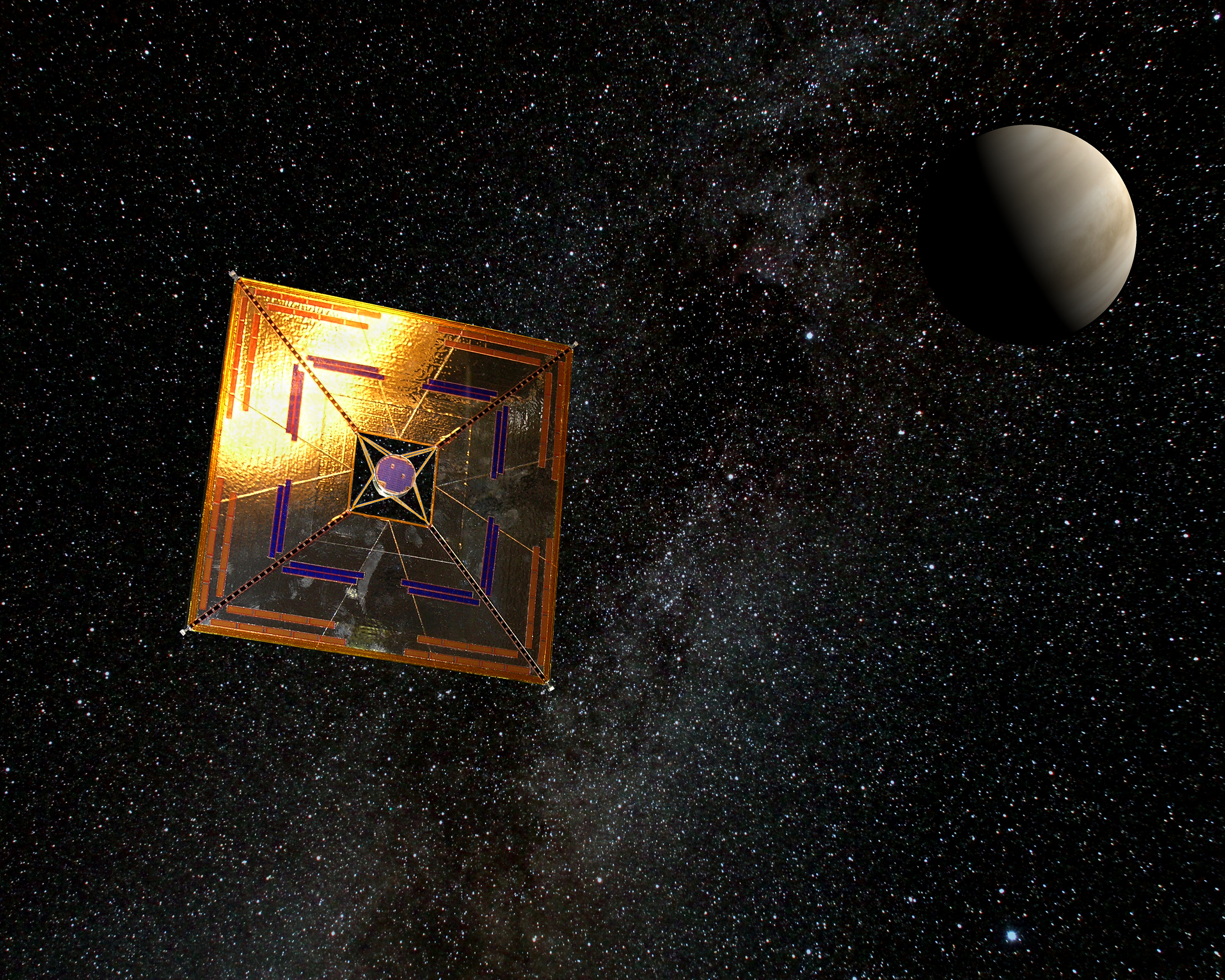Bringing Li-Fi To The World Via Tiny LEDs

What’s the Latest Development?
A consortium of UK universities has received funding from the Engineering and Physical Sciences Research Council to work on the development of tiny LED lights that can be used for data transmission over the visible light spectrum, a technology given the name “li-fi” by project partner Harald Haas in 2011. The University of Strathclyde is leading the project, and other distinguished universities, including both Oxford and Cambridge, are on board.
What’s the Big Idea?
Two factors that drive this project are the increased use of LED as well as the increasingly crowded wave spectrums currently reserved for data transmission. Micron-sized lights flicker very rapidly, and by modifying those flickers, data can be sent to properly-equipped computers and other devices, “making Li-Fi the digital equivalent of Morse Code.” In addition, each light could act as a tiny pixel, which allows for the creation of large LED arrays that can be used to light a room, display information, and send wireless data. It may even be possible to build sensor capabilities into the LEDs. Strathclyde professor Martin Dawson says that the consortium’s work “could start to touch every aspect of human life within a decade.”
Photo Credit: Shutterstock.com




